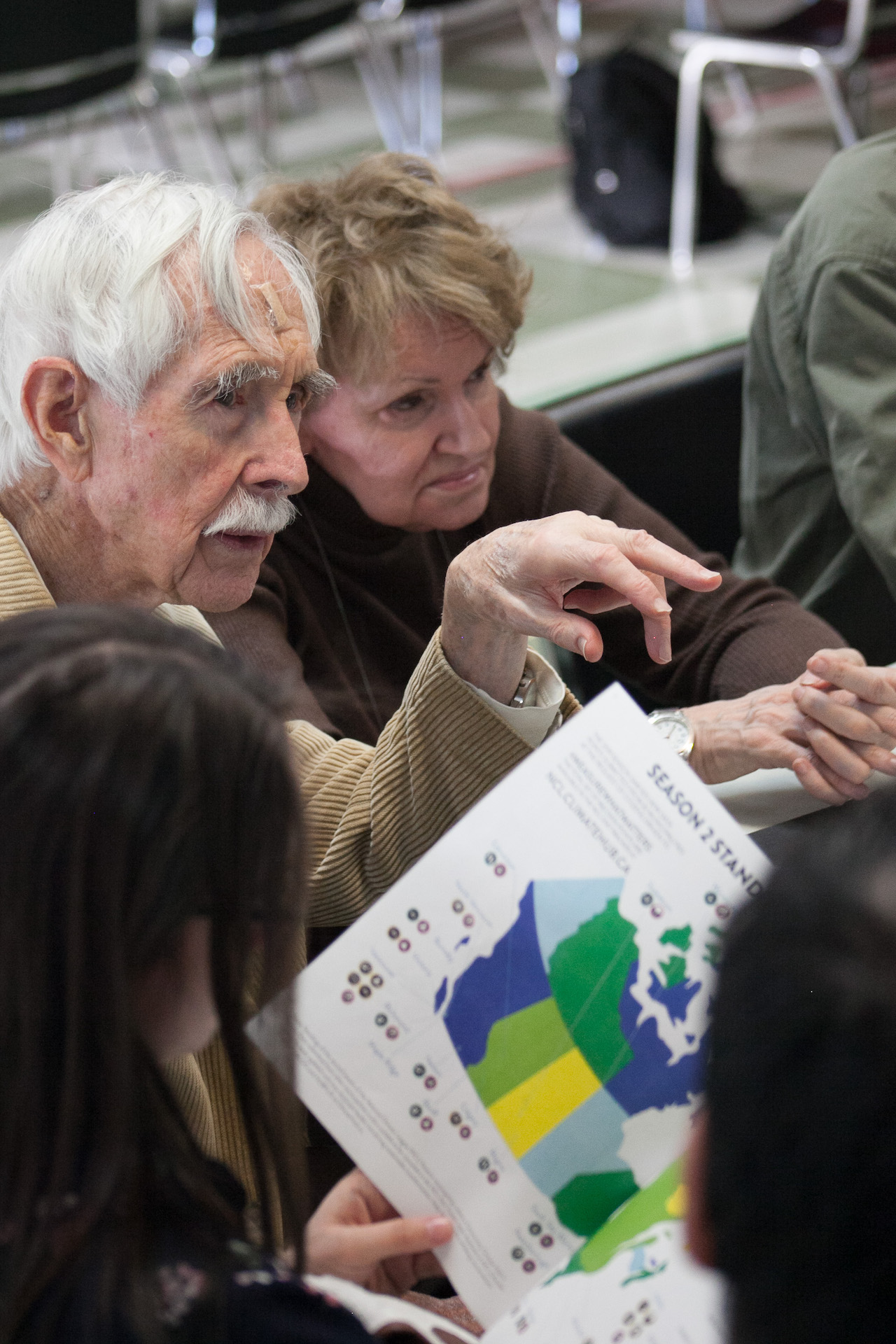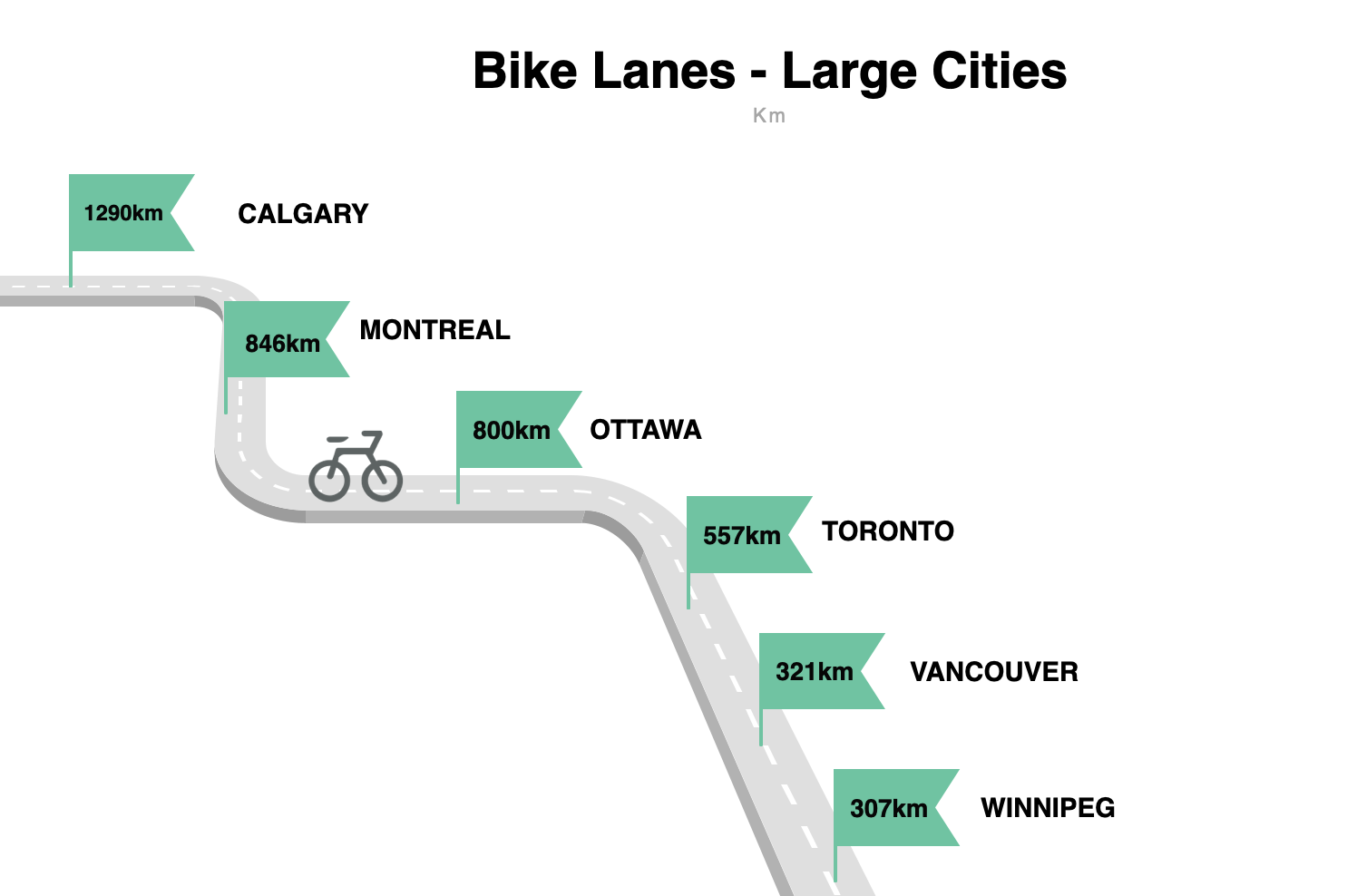National Climate League 2020

Projects Sponsor
Climate Reality’s National Climate League, local heroes, fighting grime with data
Climate Reality’s National Climate League (NCL) origin story is an exciting one. A yearly project developed by The Climate Reality Project Canada, the NCL was born in the winter of 2018. It’s mission is to highlight local solutions that help improve the lives of everyday Canadians and that will set Canadian municipalities on a path to carbon neutrality by 2050.
The NCL’s superpower is participatory democracy and its weapon of choice is data.
A collaborative project with the Community Climate Hubs Initiative––a program developed to facilitate the sharing of resources and tools that may help their local communities reach net-zero by 2050––the NCL aims to use cities as key pathways for vital climate policy solutions.
Harnessing the power of cities, the NCL recognizes, involves building community among diverse constituencies. An empowered and engaged citizenry, if it can be armed with the facts, is well positioned to demand transparent accountability from their municipalities.
Basically, it takes a village to raise awareness and gain momentum, and the more specific and informed change makers are, the better.

Citizen-led and data-driven, the NCL thus works to enable volunteers to gather statistics on fifteen carefully selected primary indicators that, together, offer a measure of the quality of life afforded to everyday Canadians as they go about their lives in their various municipalities.
Background research for the project meant deciding what these indicators should be and how they were to be measured. Indicators were ultimately based on five criteria; Accessibility, comparability across cities, ability of municipal governments to act, their impact on greenhouse gas emissions, and whether the average citizen cares about that particular indicator improving.
Fifteen primary and fifteen complementary indicators that are representative of living a better and more sustainable life were also determined.
Throughout the data collection season, which usually runs from approximately July to October and is redone yearly, the NCL team organizes meetings and check-ins with various volunteers who help feed them the data they need. A social media campaign further facilitates the collection of data which is then measured and used to determine a city’s standings on the key measures.
The data, and the Standings that are derived from it, are tools that can be wielded for both benchmarking and lobbying. The ability to compare how other Canadian municipalities fare across determined sustainability indicators comes with the power to demand better on a local level.
Every aspect of the NCL is citizen-led and created. A league of volunteers, approximately a group of twenty or so individuals from The Climate Reality volunteer network, help write and design the graphic design elements used.

Once assembled and packaged, local city-specific webinars are employed for project launches. This gives the team the opportunity to explain their data to people living in the quantified cities as well as local elected officials and public servants.
Toolkits, carefully designed to make lobbying more effective, are provided. These kits empower individuals and communities to reach out to their home municipalities, offering ways they can improve and suggest changes they might make, things that could be done to help them do better in next year’s Standings, drawing from inspiring practices from Canada and around the world.
Lastly, post-launch comes a post-mortem and evaluation phase. This year the league switched up a few of their indicators based on feedback they received from volunteers.
This year’s NCL report was downloaded over fifteen hundred times in both English and in French, up from six hundred times the year before. Beyond that tremendous growth, this year’s project also saw the collection of an additional five hundred data points, for a total of over two thousand total new data points.
The database is also open to the public, a valuable resource right there. Almost all of the NCL’s lobbying and impact data is qualitative and city officials are increasingly taking note and engaging with them. That means the impacts of the report are being felt at the city-level, where, in large part, the war on climate change is being waged.
The Climate Reality Project’s National Climate League, local heroes, fighting grime with data.













